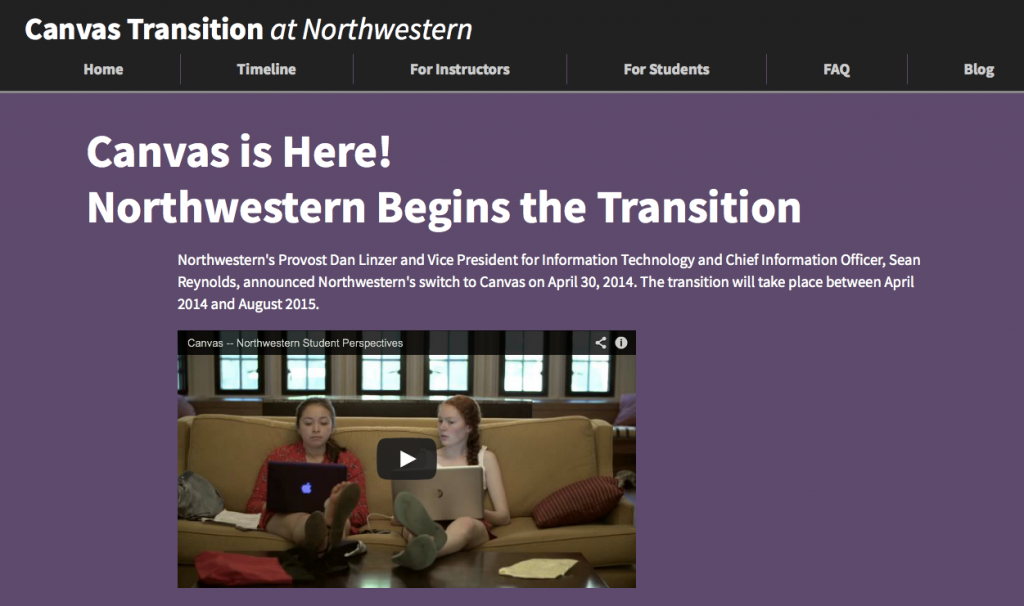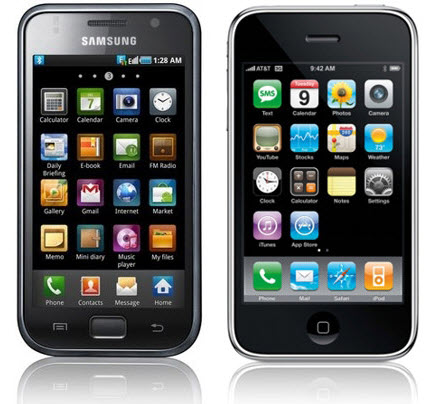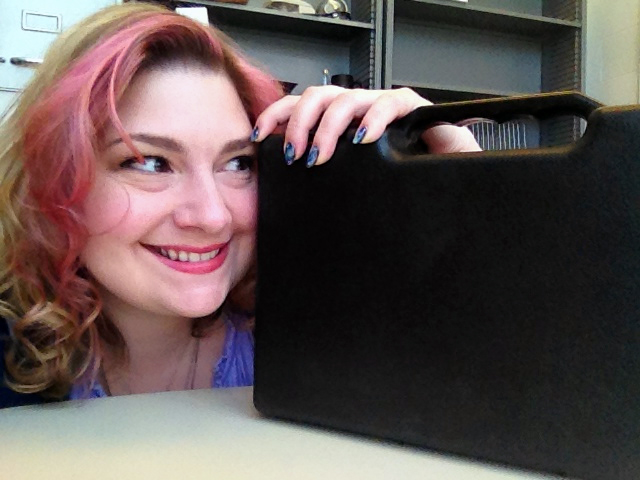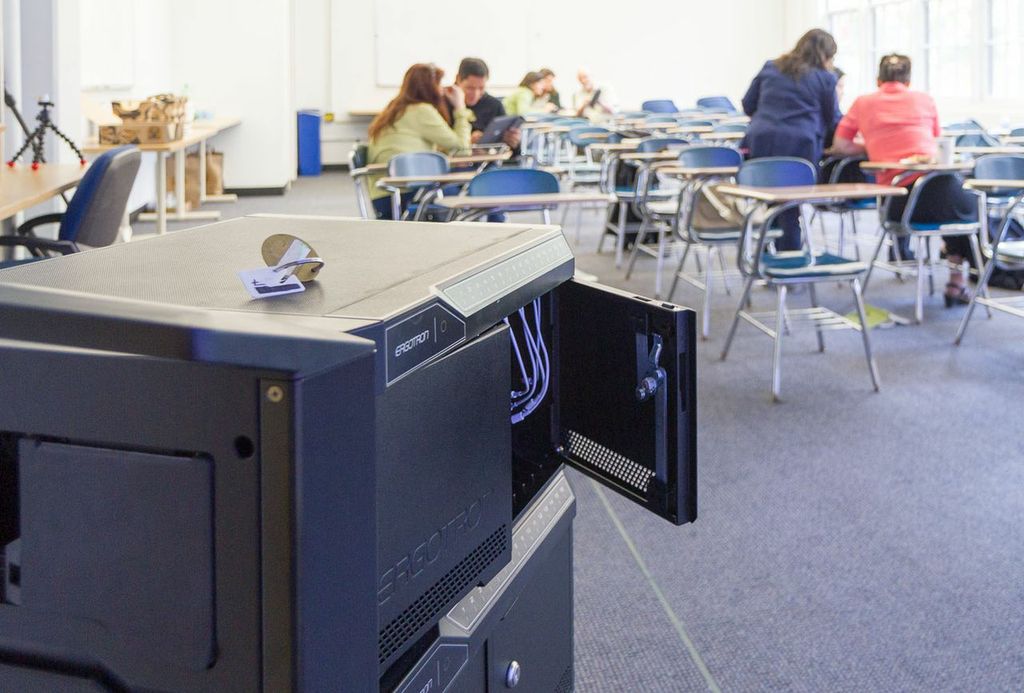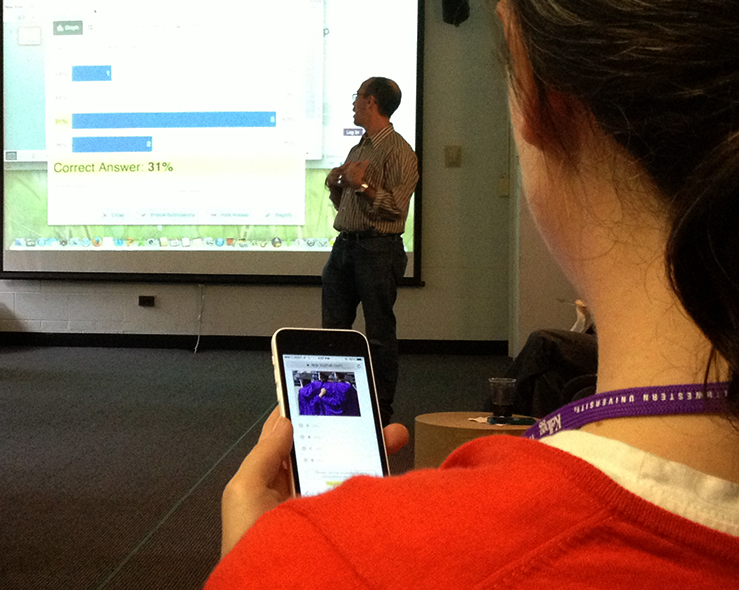 At a recent World.Wine.Web. event, the MMLC invited Psychology professors Benjamin Gorvine and David Smith to talk about their use of TopHat, a type of software known as a Student Response System, or “clicker.” Speaking to a crowd of fellow faculty and staff, they presented an overview of TopHat as well as a statistical analysis of the largely favorable opinions their students held towards the software. In this article, we’ll cover a bit about the purpose and history behind student response systems (SRS), present what’s in use at Northwestern today, and provide some suggestions on how to get started.
At a recent World.Wine.Web. event, the MMLC invited Psychology professors Benjamin Gorvine and David Smith to talk about their use of TopHat, a type of software known as a Student Response System, or “clicker.” Speaking to a crowd of fellow faculty and staff, they presented an overview of TopHat as well as a statistical analysis of the largely favorable opinions their students held towards the software. In this article, we’ll cover a bit about the purpose and history behind student response systems (SRS), present what’s in use at Northwestern today, and provide some suggestions on how to get started.
Many instructors regularly seek to better engage students in the class, whether it is to make them a more active participant in the learning, or simply to be able to better assess what students are grasping. Greater audience participation is a frequent pursuit, particularly when inherent classroom dynamics can present significant challenges. For example, students in large classes may acquiesce into a large tranquil sea of anonymity, leaving instructors little feedback, until a quiz or test, on how “tuned in” the students really are. Even in smaller discussion courses which are typically highly interactive, some students may feel shy to ask questions or present opinion, leaving critical feedback unvoiced.
One way of increasing audience participation, particularly large audiences, was long-ago solved by popular televised game shows: audience voting. I can remember the 1980’s show Love Connection, where audience members would vote for the best romantic match for the show’s contestants. More recently, there’s Who Wants to Be a Millionaire, where the audience, by poll, helps the contestant answer a multiple-choice question. And then, there are plenty of other shows, such American Idol, that have opened voting beyond the studio audience, allowing at-home viewers to vote via telephone, via internet, and now even via a smartphone app.
Although the classroom is not usually a game show, it is hard to disagree that being able to perform simple types of electronic voting in a class lecture offers significant opportunities. Consequently, through the years, there have been many implementations of classroom response systems based on varying combinations of hardware and software, with each generation seeming to offer greater flexibility and lower cost. Full post
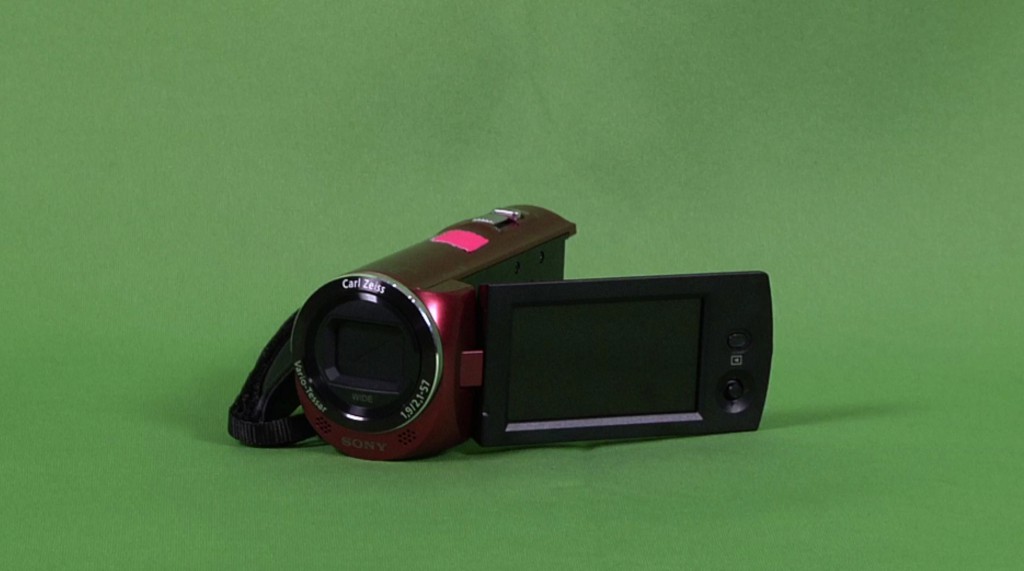 Good news for you Humanities faculty out there! The MMLC has completed our move to the NU Library and many of you may be wondering where you can go or how you can get the same services you were used to getting in Kresge. The MMLC may be spread out across campus now, but we are committed to supporting you and your students. All of our facilities are open when classes are in session, and among some of our new spaces are:
Good news for you Humanities faculty out there! The MMLC has completed our move to the NU Library and many of you may be wondering where you can go or how you can get the same services you were used to getting in Kresge. The MMLC may be spread out across campus now, but we are committed to supporting you and your students. All of our facilities are open when classes are in session, and among some of our new spaces are: